Click here to visit Original posting
Canon announced two new mirrorless cameras and two new lenses on February 8, 2023: the Canon EOS R8 and Canon EOS R50, along with the RF 24-50mm F4.5-6.3 and RF-S 55-210mm F5-7.1.
In September 2023, Canon’s EOS R system celebrates its five-year anniversary. The range already boasts some of today's best mirrorless cameras, especially in its full-frame lineup, which the Canon EOS R8 enters, sitting between the EOS R6 II and the entry-level EOS RP.
We had a sneak preview at Canon UK’s HQ ahead of launch and have written a hands-on review, and while the camera impressed us in some areas, we've still got some burning questions – here are our early thoughts.
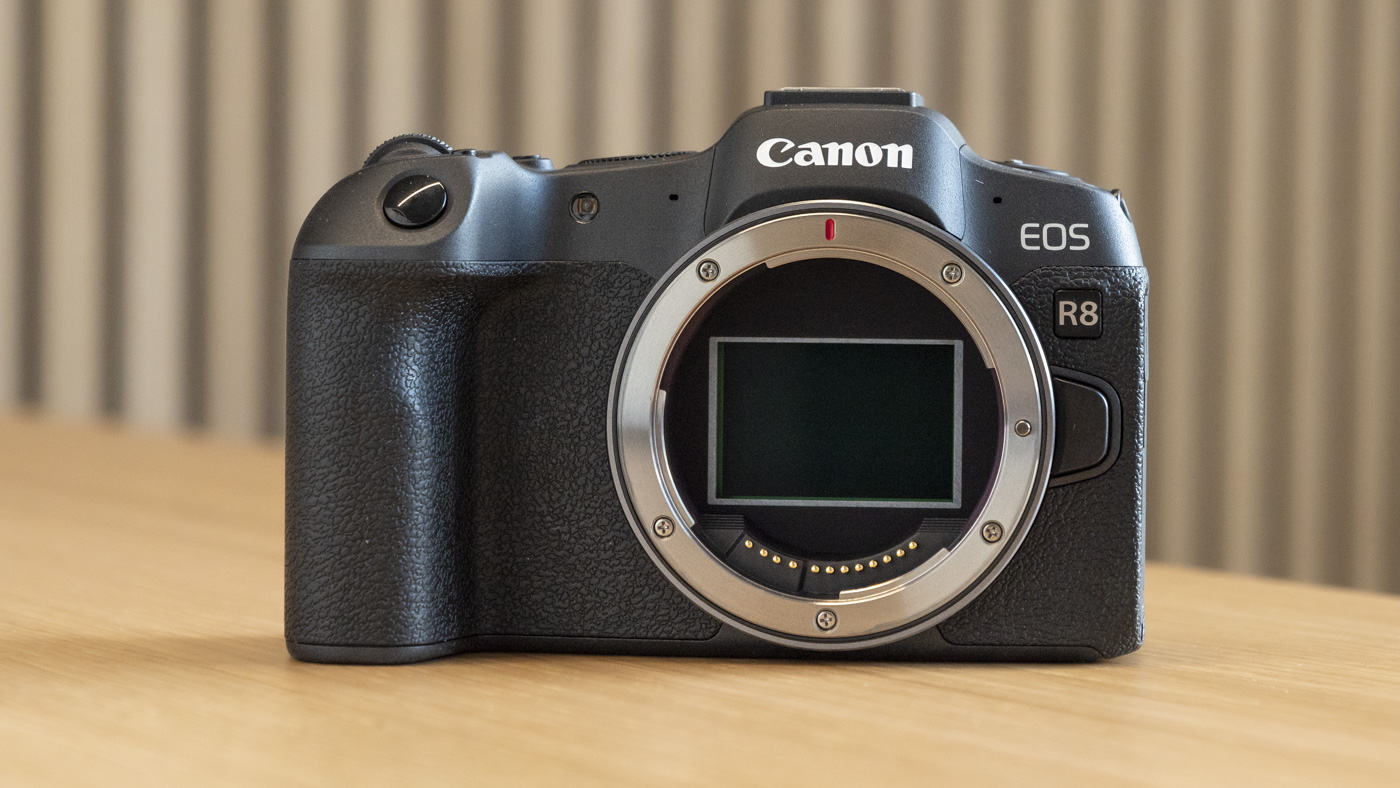
1. The EOS R8 is full frame
Surprised that the Canon EOS R8 isn’t APS-C? We wouldn’t blame you. Canon has thrown a little confusion into its lineup by way of the Canon EOS R8’s name.
The Canon EOS R3 is the current mirrorless full-frame flagship, followed by the EOS R5 and R5C, then the EOS R6 and EOS R6 II (plus the EOS RP and EOS R). Crop-sensor APS-C mirrorless cameras are the Canon EOS R7, EOS R10 (and now the EOS R50). Where does the full-frame EOS R8 pop up? Within the APS-C nomenclature.
Canon is to be commended for filling its EOS R system camera and lens range so quickly, given it's not even five years since launch. There’s a grand total of 13 cameras and 33 Canon RF/RF-S lenses. But now things are starting to get confusing, especially with regards to the EOS R7 and EOS R8.
Perhaps, though, sensor format is becoming less relevant, and it’s more about what a camera can do. The EOS R7 might have a smaller APS-C sensor, but it has 32.5MP (vs 24MP in the EOS R8), a superior battery and IBIS (in-body image stabilization), so can be seen as more capable than the EOS R8. Figure that one out.
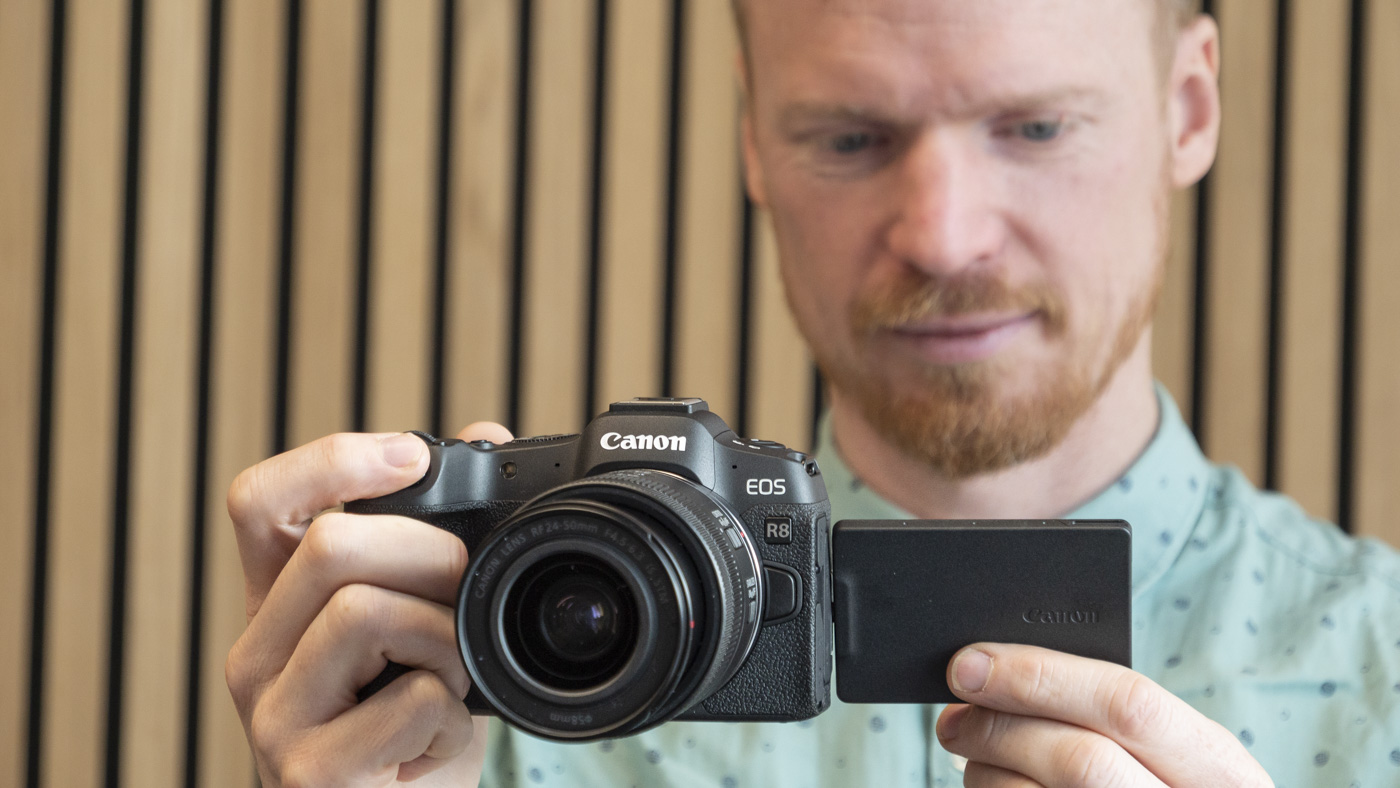
2. The EOS R8 is Canon’s lightest full-frame camera
Despite taking much of the tech from the Canon EOS R6 II, including the 24.2MP full-frame sensor, the EOS R8 has the same form factor as the entry-level EOS RP. It even manages to shed a further few grams, too. The EOS RP weighs 485g while the EOS R8 is 461g, and that’s with the battery and memory card inserted.
Complementing the EOS R8 is the new RF 24-50mm f/5-6.3 lens, which is available in a kit with the new camera. On paper, this new lens hardly excites, but at 210g and with a collapsible design, it’s a logical pairing with such a lightweight camera.
The EOS R8 and RF 24-50mm f/5-6.3 lens combination weighs less than 700g – that’s quite an achievement for a full-frame camera with a viewfinder, and lighter than many full-frame cameras body-only.
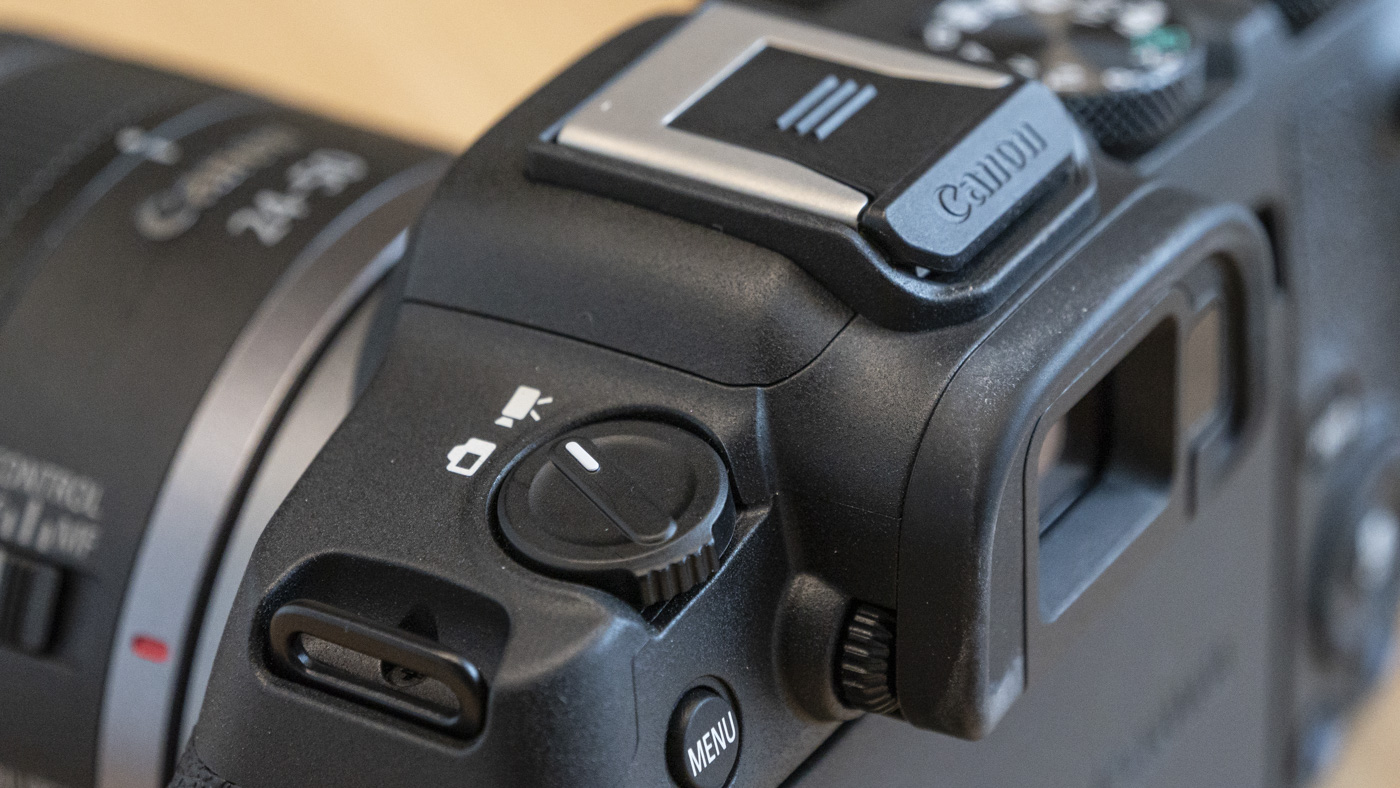
3. It has some impressive video chops
Hybrid is a buzzword for Canon right now, and it’s rolling out greater video versatility in its latest RF-mount mirrorless cameras to complement powerful photo performance. We’re seeing the 30-minute video-record limits axed and, just like the EOS R6 II, the EOS R8 can – in theory – shoot for an unlimited time, although 4K/60p oversampled from 6K might push the camera’s actual capability to keep rolling.
Canon’s most popular log profile – Canon Log 3 – is included. More simply known as C Log 3, this video color profile enables a quick turnaround in production, with lots of control over contrast and color. Our ears perked up at hearing of the inclusion of false color, too. It’s a supremely handy tool that filmmakers use for checking exposure levels, although you’ll have to dig into the menu to find it.
A mic input and headphone jack are also squeezed into this tiny camera, which packs a vari-angle screen and a dedicated photo/video switch. All in all, the EOS R8 seems equally adept for photo and video.
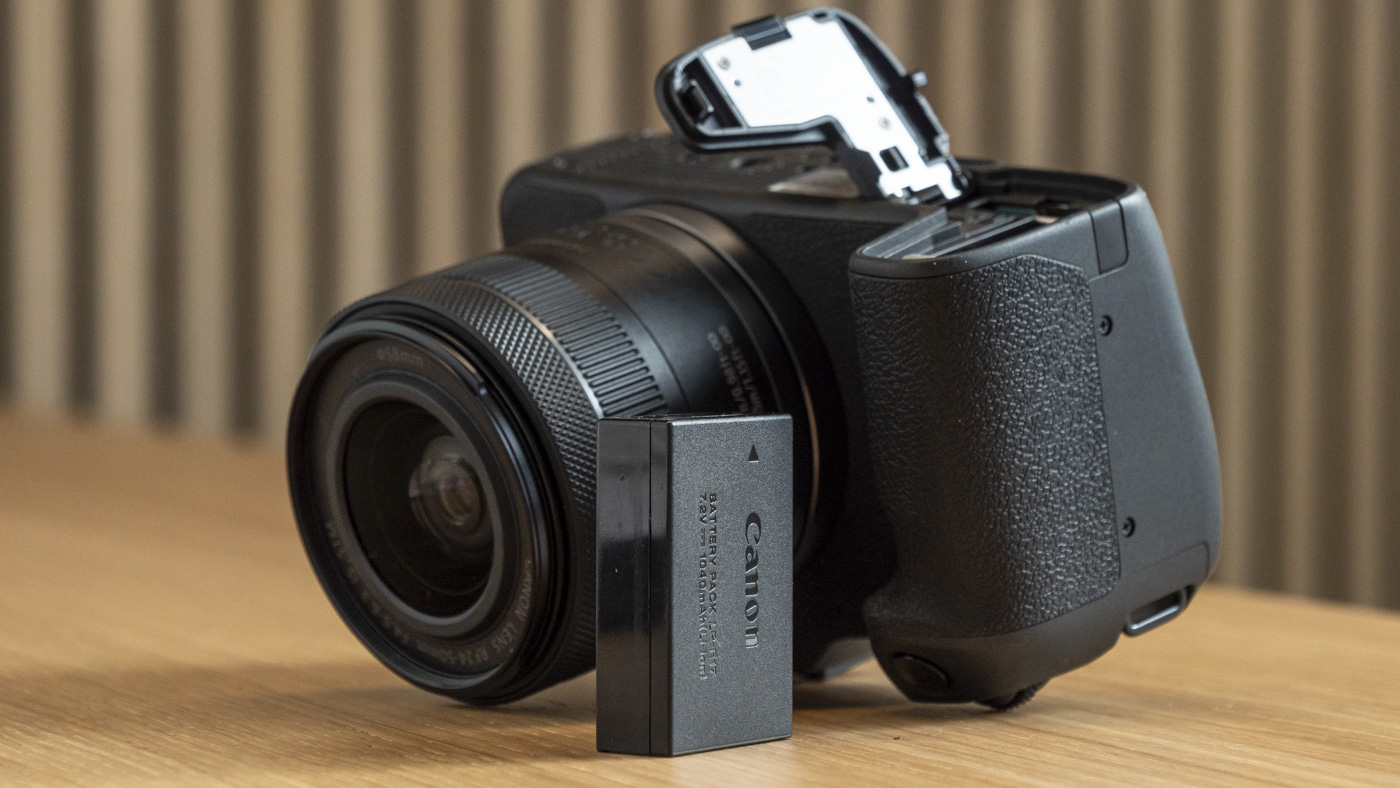
4. You still pay a premium
Canon cameras almost always carry a higher price tag than the direct competition from the likes of Nikon, Fujifilm, Sony, and Panasonic. So to have a camera with much the same oomph as the EOS R6 II, but more affordably priced, is welcome, and the EOS R8 is a very capable shooter.
There’s a big ‘but’ though, and it's one of the reasons why the EOS R8 is cheaper than the EOS R6 II – it’s in an entry-level body, with entry-level stamina. Yes, you get similar shooting features and performance as in the EOS R6 II, but you don’t get the same design. So is it really a better-value camera? Does it fare better against the alternatives?
We think Canon superfans will welcome the EOS R8 warmly, and it could be a compelling choice for upgraders, or those switching from a Canon DSLR. But for the impartial, or for those looking to go mirrorless for the first time, most other brands (excepting perhaps Sony) still represent better value.
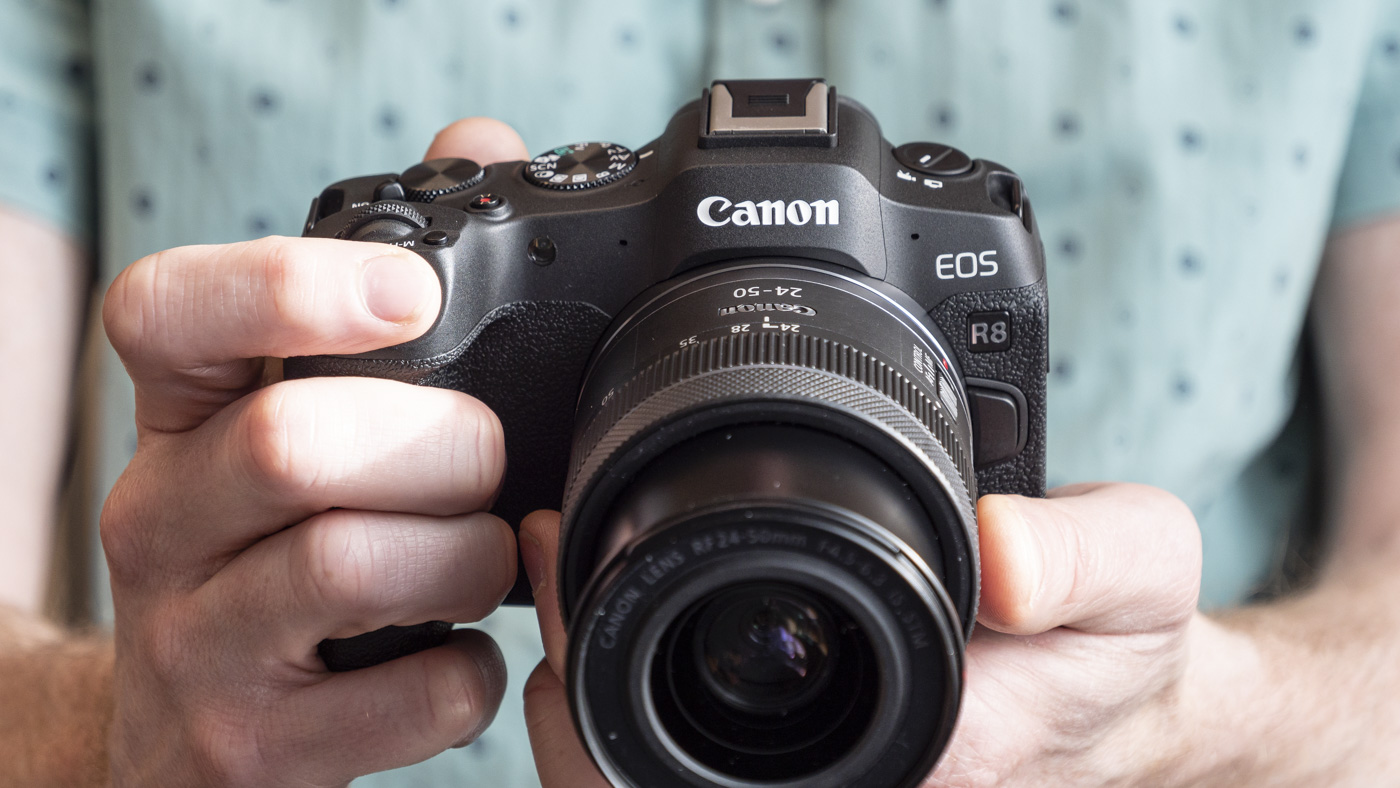
5. We’re not really sure who it’s for
If you’re a glass-half-full kind of person, then the EOS R8 is a camera that packs a much bigger punch than its exterior lets on. A full-frame 24MP sensor, viewfinder, and vari-angle screen, 4K/60p video with Canon C-Log 3… heck, there’s even false color.
But if you’re of a glass-half-empty mindset, you'll be questioning whether the target audience for this camera would even be able to make use of these features. The control layout is super simple; too simple really to easily utilize some of the best features. If you're going to get the most out of the EOS R8, navigating the in-camera menu will need to become a familiar experience – for instance, the 30fps Raw Burst mode isn’t on the shooting mode dial. And not all photographers and filmmakers are that patient with menus.
It’s also a camera that's positioned between less expensive entry-level full-frame cameras like the EOS RP and Nikon Z5, which boast sensor format as their big selling point over a features list that's longer than your arm, and mid-level full-frame cameras that deliver better build quality, longer battery life and a generous array of physical controls.
So the real question we keep coming back to is, “who is the EOS R8 for?”